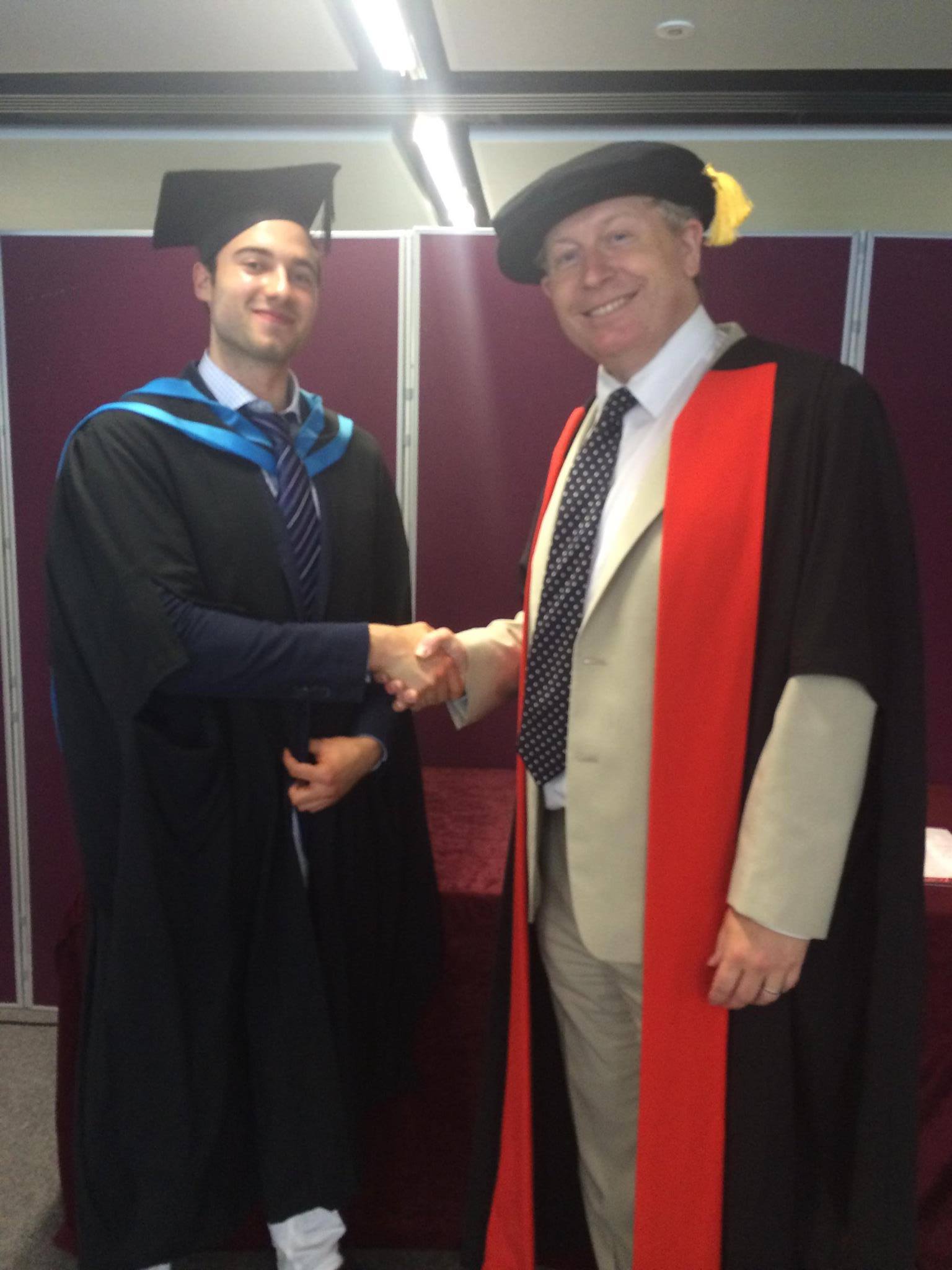My background
I’m a Lecturer (Assistant Professor) in the Faculty of Mathematical & Physical Sciences at UCL, where I co-lead the Fundamentals of Statistical Machine Learning research group, and teach the Statistical Machine Learning course.
My academic journey began with the MMathPhys course at the University of Warwick (which I highly recommend - Warwick Uni has amazing societies and is the ideal prep to making the most of London’s opportunities), and then Part III of the Mathematical Tripos (the oldest mathematics examination) at the University of Cambridge (Downing College).
As science enters the massive data sets era, there is a growing necessity to extend the boundaries of mathematical physics, both in terms of tools and mindset, beyond their traditional confines, in order to develop a foundational understanding of data sciences. This motivated my doctoral research in “statistics” at Imperial College London, and Postdoc at Cambridge, on numerical integration, Markov Chain Monte Carlo and statistical model inference, which aim to sample and approximate complex distributions (see my thesis introducing the bracket-measure formalism).
For a couple of months I was a senior research associate at the Alan Turing Institute, working on geometric deep learning and manifold learning within the Alan Turing-Roche partnership.
